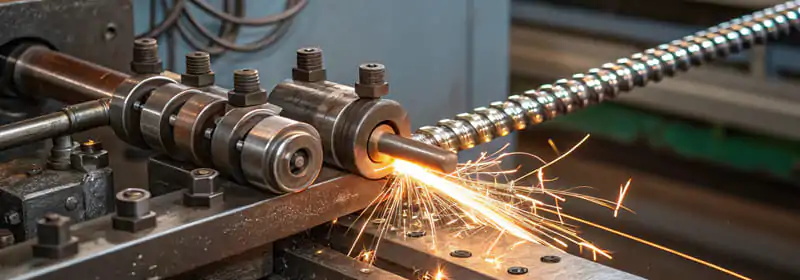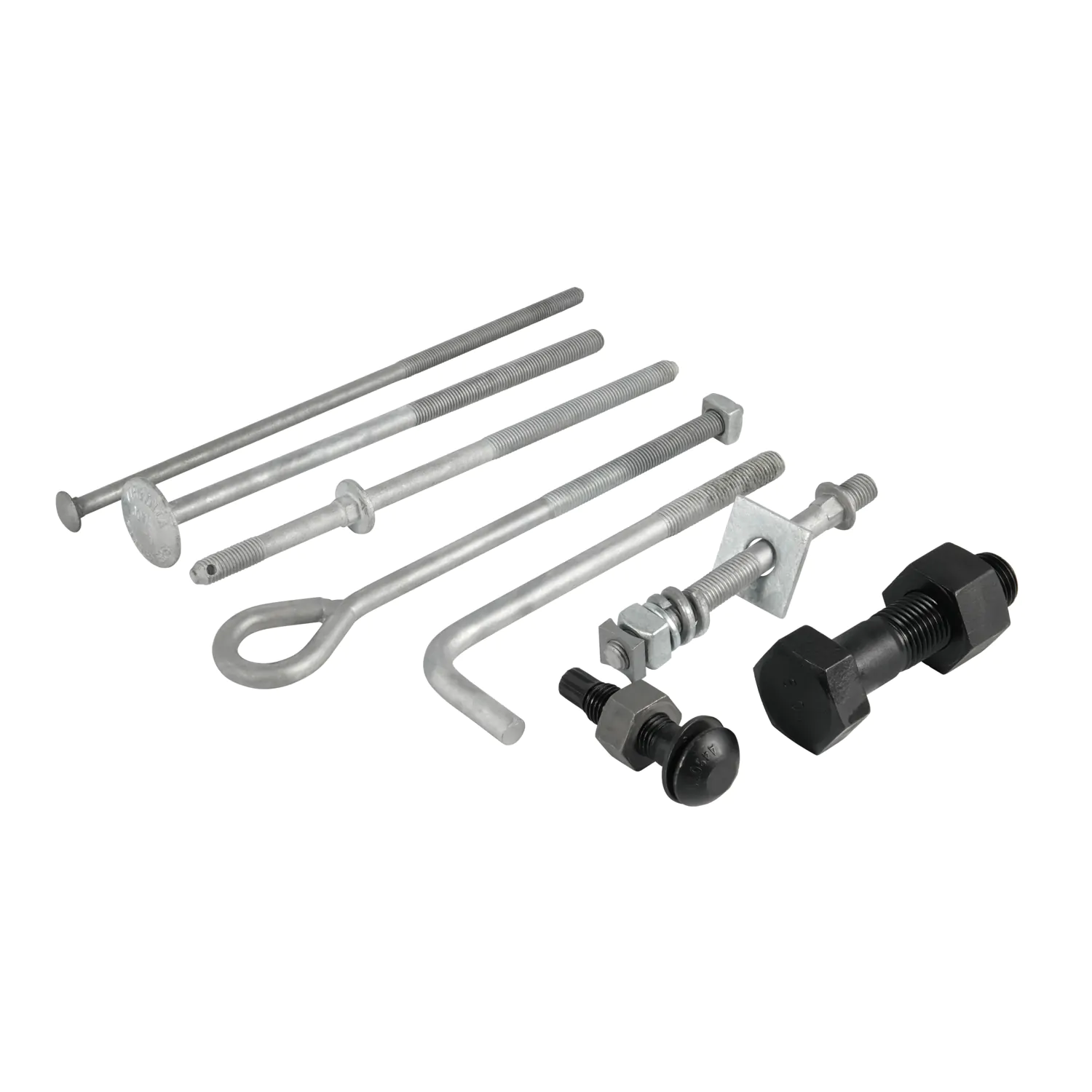Choosing the right fastener process can be confusing. Cold forging? Machining? Both sound technical—and costly if you guess wrong. In this article, I’ll walk you through the key differences so you can make smarter, faster decisions on your next bolt order.
Cold forging forms fasteners by shaping metal at room temperature under high pressure, increasing strength and minimizing waste. Machining removes material using cutting tools, allowing precision but generating more scrap. Cold forging is ideal for high-volume, durable bolts, while machining fits low-volume or complex shapes. Each method serves different cost, strength, and design needs.
Let’s break it down, step by step — so next time you hear terms like “cold heading” or “screw machining,” you’ll know exactly what they mean.
Cold Forging (Cold Forming)

Process:
We use cold forging (or cold forming) to shape bolts at or near room temperature. No heat, just high pressure. Using dies and punches, we form the desired shape without removing material. The grain of the metal flows naturally with the shape—making it stronger.
Material Efficiency:
Here’s the good news—cold forging wastes almost nothing. Scrap rates can be as low as 1–3%. That’s because we’re not cutting anything away. We’re reshaping it.
Production Speed:
If you’re handling big volumes, cold forging is your best friend. These machines run fast—hundreds of bolts per minute fast. Great for OEMs and contract manufacturing.
Strength and Durability:
Thanks to grain alignment and work hardening, cold forged bolts are tough. The structure stays intact, making them more resistant to fatigue and stress.
Surface Finish:
Smooth. Clean. Tooling-quality. In many cases, there’s no need for polishing or secondary finishing steps.
Cost:
Because of its speed and low material waste, cold forging often means lower unit costs—if you’re producing in bulk.
Applications:
Perfect for high-volume bolts in automotive, construction, wind energy, and more. If it bolts and needs strength, cold forging likely made it.
Machining

Process:
Unlike forging, machining removes metal to form the final shape. Lathes, mills, and drills cut away what’s not needed. It’s precise and controlled, but inherently wasteful.
Material Efficiency:
Machining can waste up to 75% of the original metal blank. That scrap adds up—especially if you’re buying expensive alloys.
Production Speed:
It’s slower. No way around it. Machining is often done part-by-part. If you’re in a hurry with thousands of bolts to make, it’s not ideal.
Strength and Durability:
Machining cuts right through the grain structure. That can weaken the part unless you add heat treatments later—another cost, another step.
Surface Finish and Tolerances:
Here’s where machining shines. We can hit tight tolerances and complex geometries that forging simply can’t handle. Machining gives you precision.
Cost:
For custom, low-volume bolts, machining is the way to go. But for big batches? Expect higher per-part costs due to waste and slower speeds.
Applications:
Machining is best for specialty bolts or nuts—think aerospace prototypes, custom machine parts, or short-run industrial fasteners.
Summary Table: Cold Forging vs Machining
| Feature | Cold Forging | Machining |
|---|---|---|
| Process Type | Deforming metal at room temp | Cutting/removing material |
| Material Waste | Low (1–3%) | High (up to 75%) |
| Production Speed | Very high (hundreds/minute) | Slower cycle times |
| Strength & Toughness | Increased via grain flow | No inherent strengthening |
| Surface Finish | Smooth, mirrors tooling | Very fine, but may need polishing |
| Cost Efficiency | Better for high volumes | Costly for large volumes |
| Typical Applications | Automotive, construction bolts | Precision or specialty fasteners |
Is Cold Forging Stronger Than Machining?
Absolutely. Cold forging follows the natural grain flow of the metal. Machining cuts across it, which weakens the structure. Forged bolts can handle more stress and strain—especially in automotive or structural settings.
What Is the Difference Between Machining and Forging?
In simple terms: machining is subtractive, forging is transformative. Machining removes what you don’t want. Forging shapes what you need. One cuts. One compresses.
Why Choose Cold Forging Over Machining?
If you need thousands of strong bolts with consistent quality, go cold forging. It’s fast, efficient, and economical. You’ll save on scrap, time, and maybe even headaches.
Is Forging Cheaper Than Machining?
Yes—for volume production. The tooling cost in cold forging pays off when you’re running thousands. Machining offers flexibility, but that comes with slower speeds and more waste.
Conclusion
Both processes have their strengths. If you’re looking for high strength, faster production, and lower cost—go with forging. Need tight tolerances and custom precision? Machining is the way. It really depends on your application.
Contact Hengrui Fastener for Custom Fastener
For specialized applications that require custom solutions, Hengrui Fastener offers high-quality, customizable fastener. Whether you need a specific size, material, or finish, Hengrui can provide tailored fasteners to meet your exact requirements. Visit Hengrui Fastener to learn more about our products and services.







